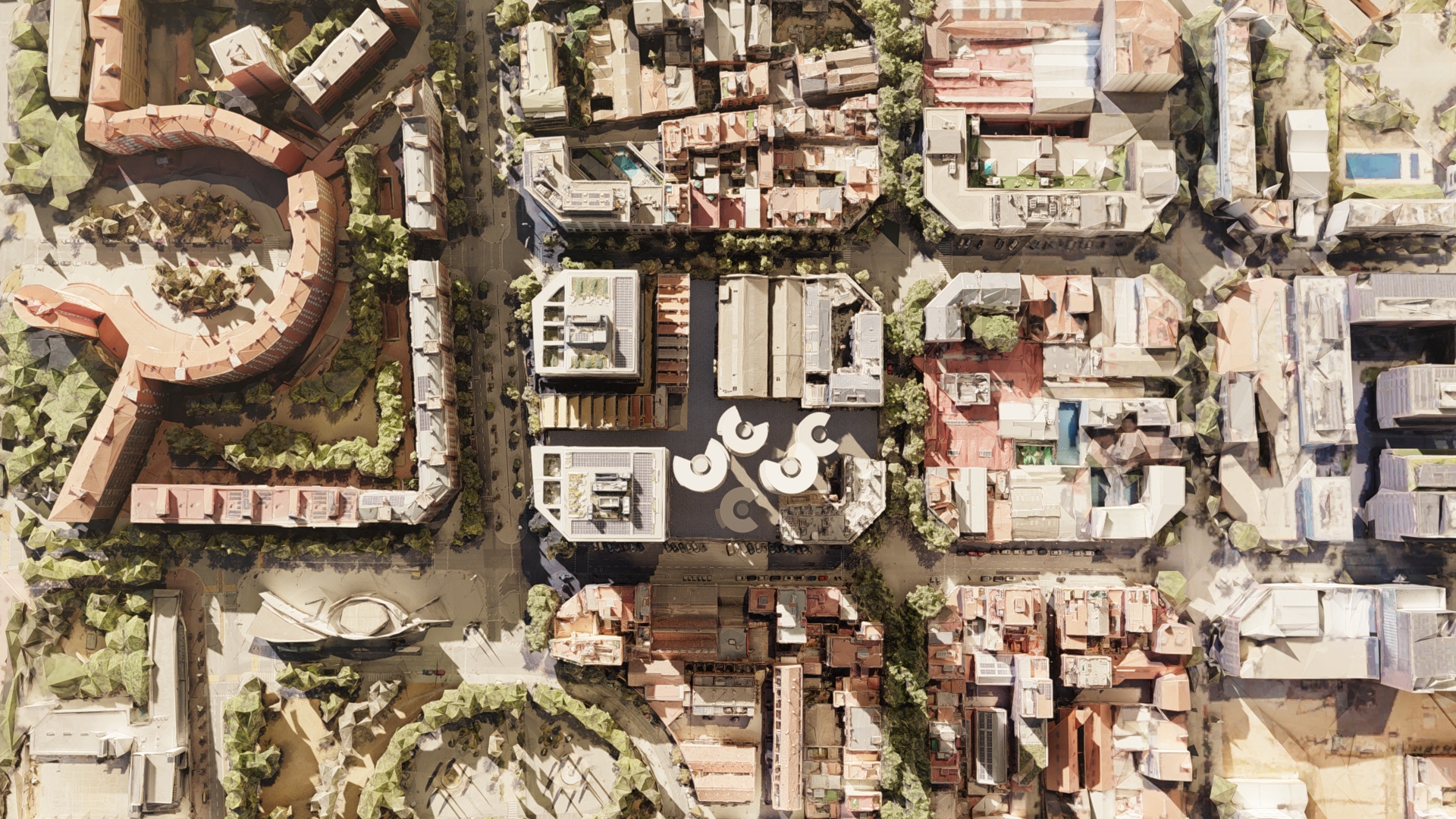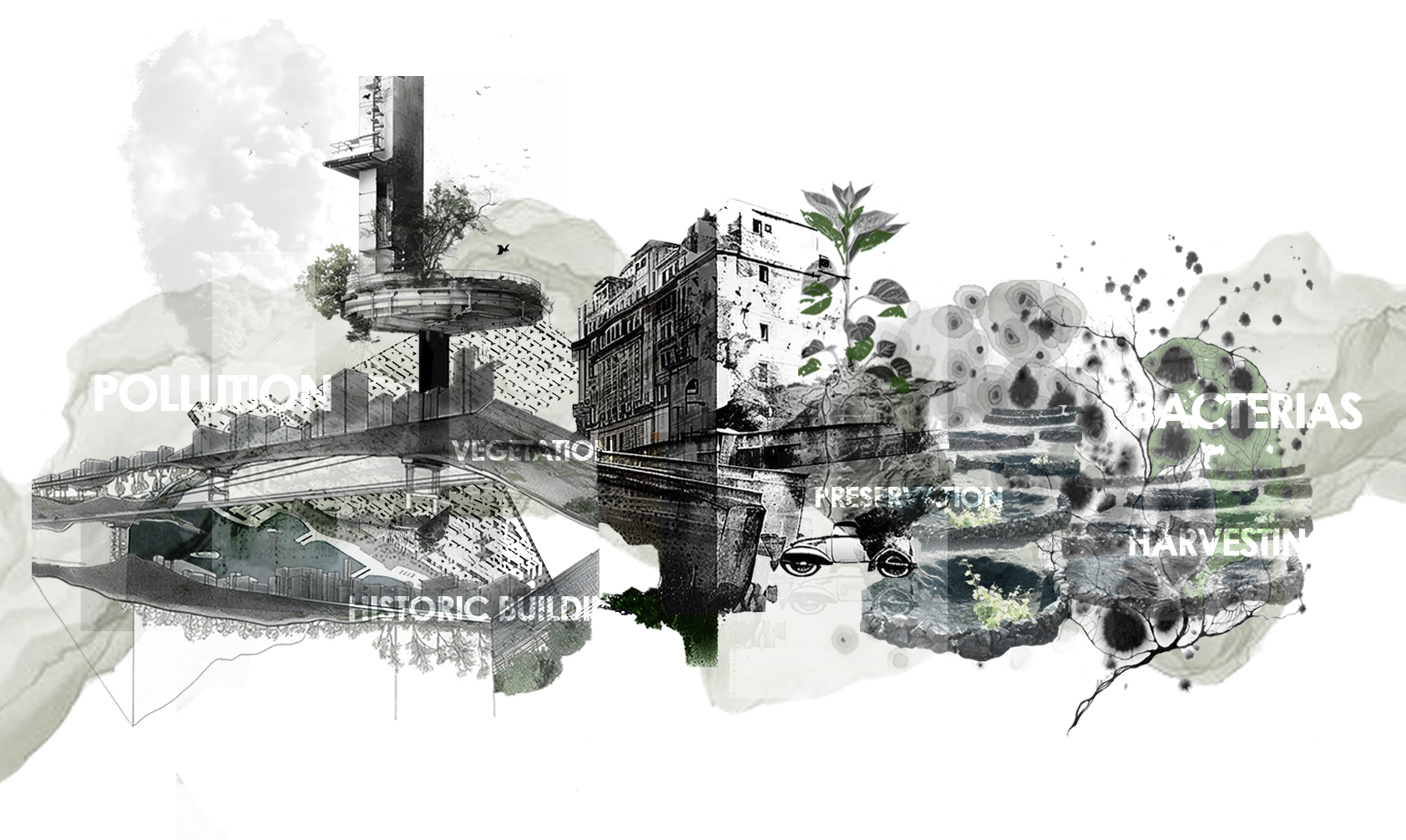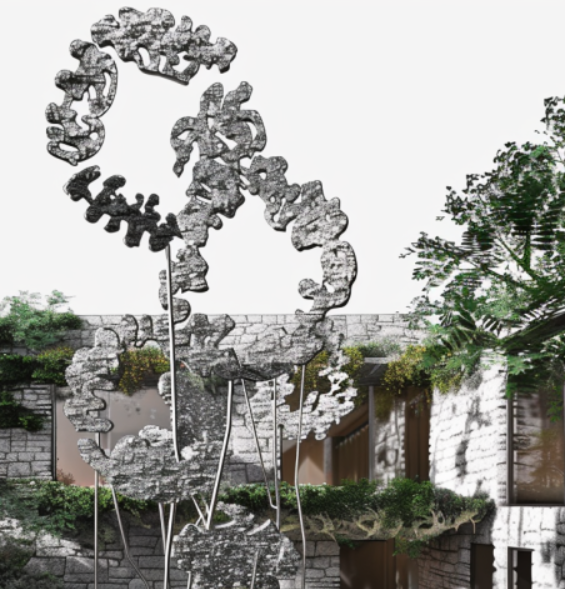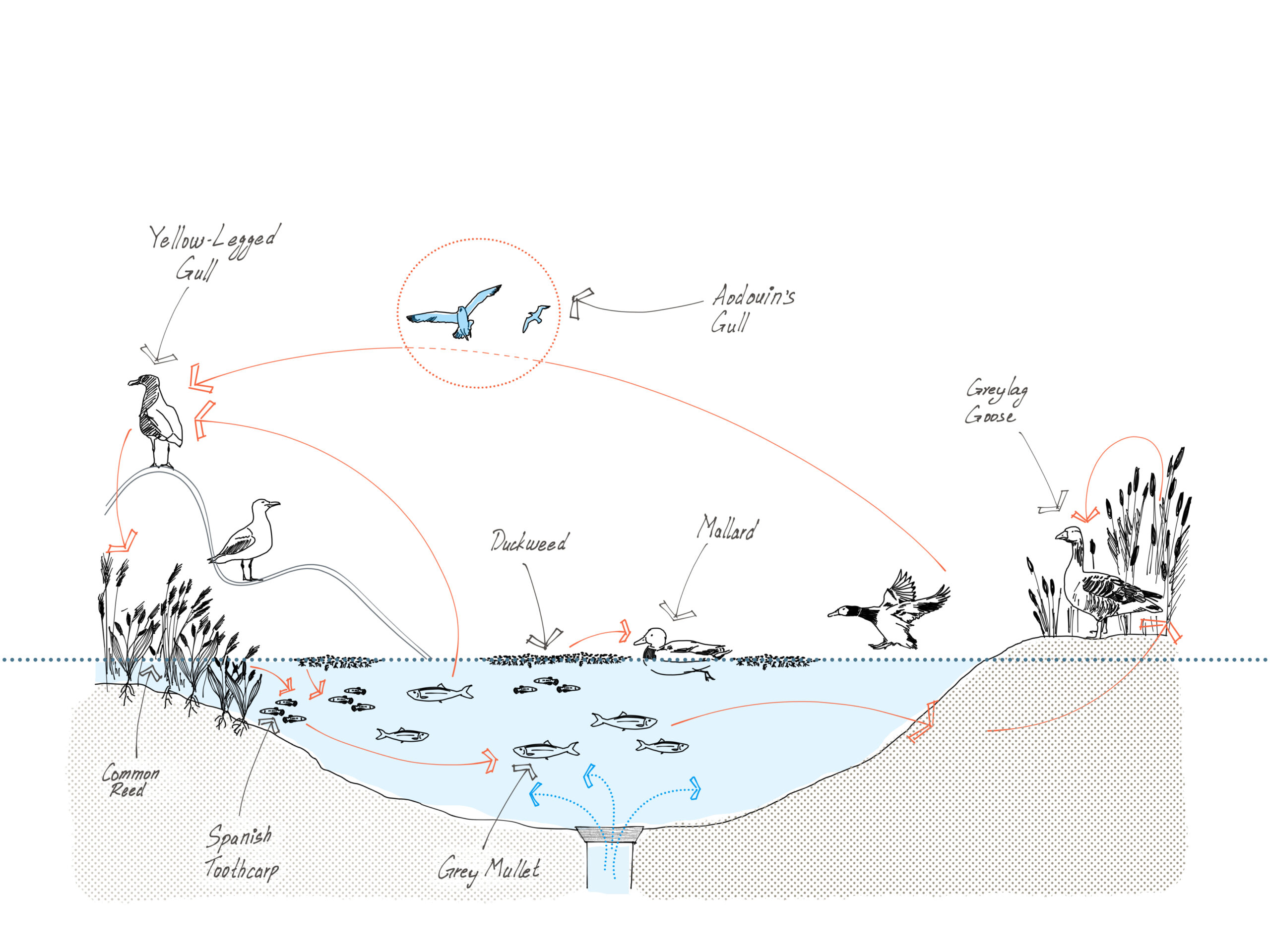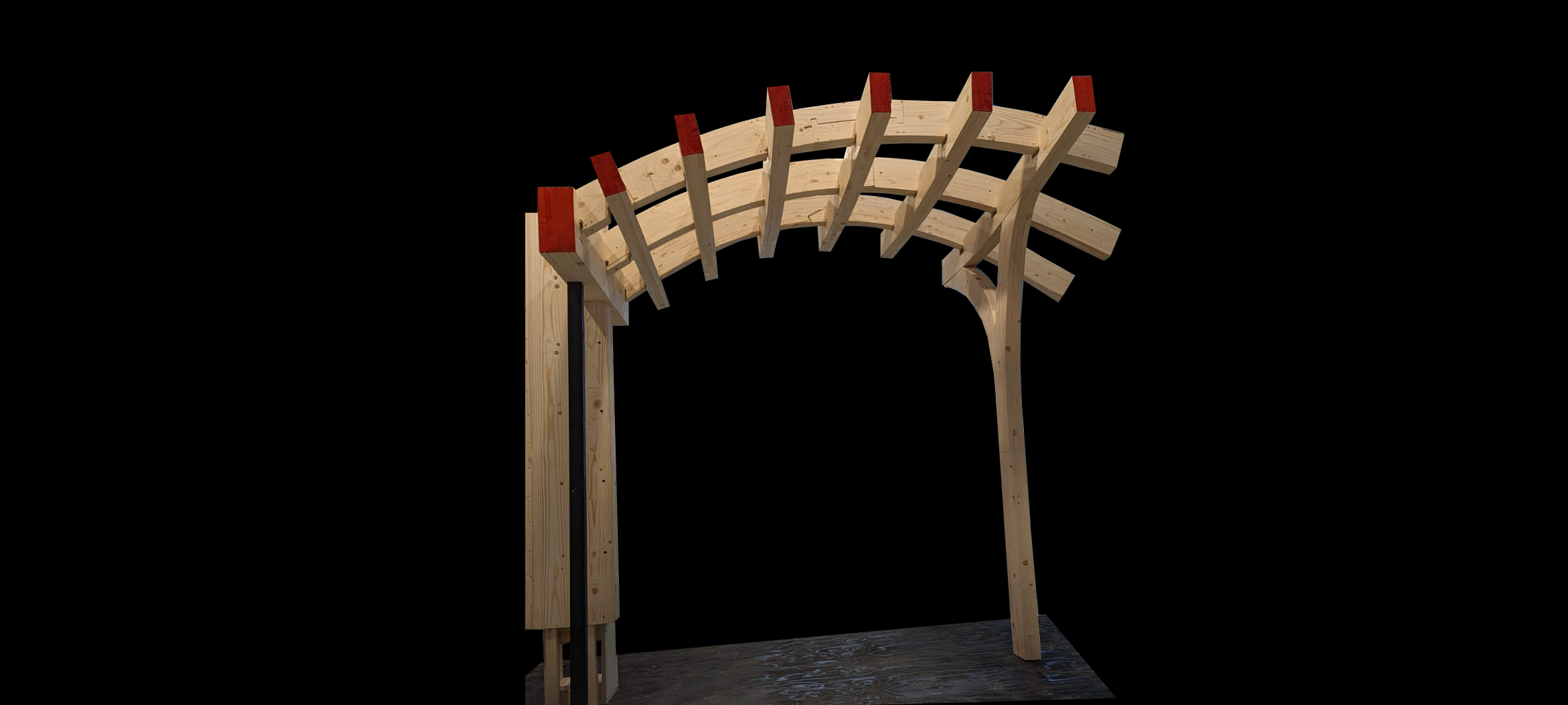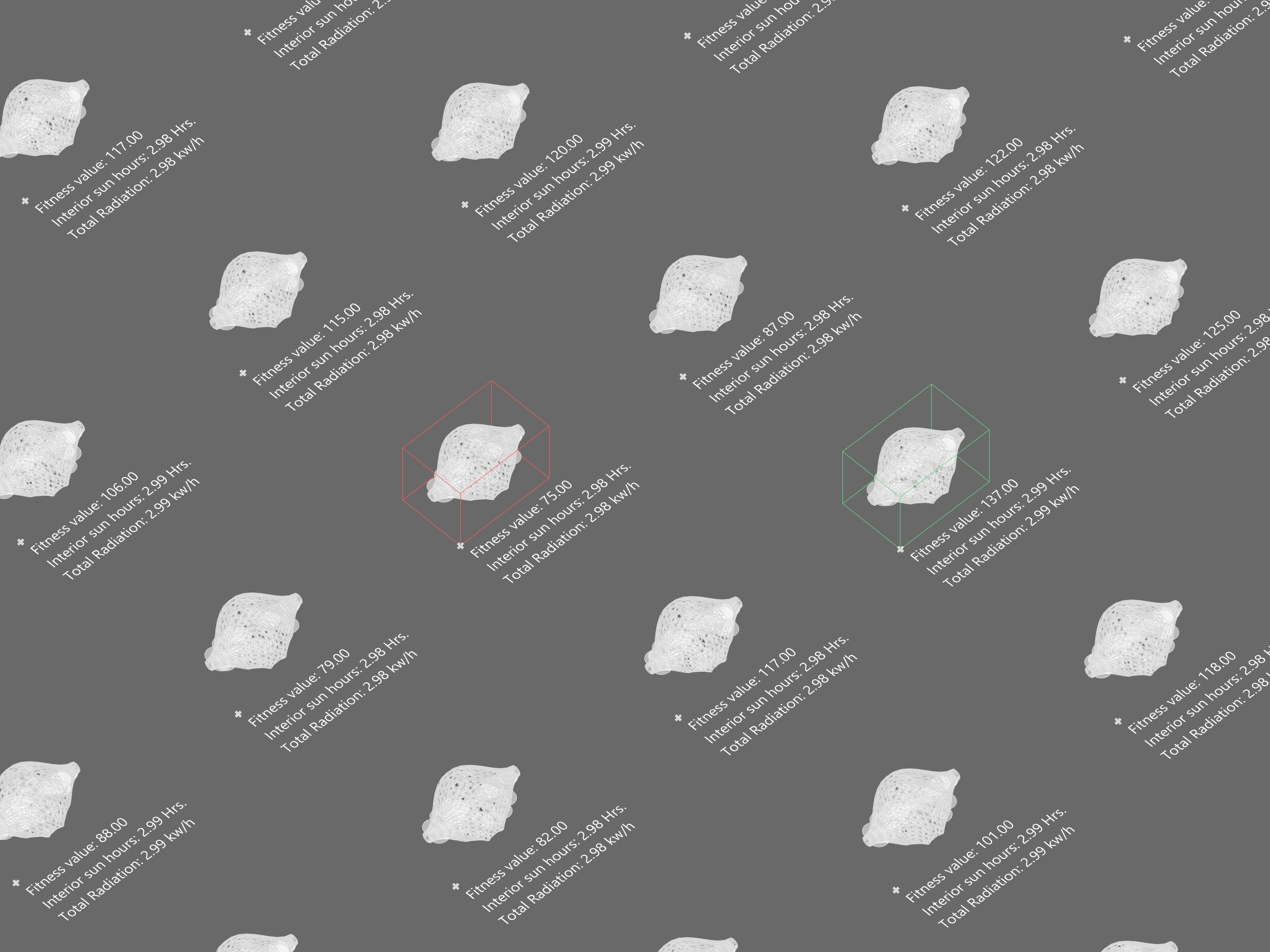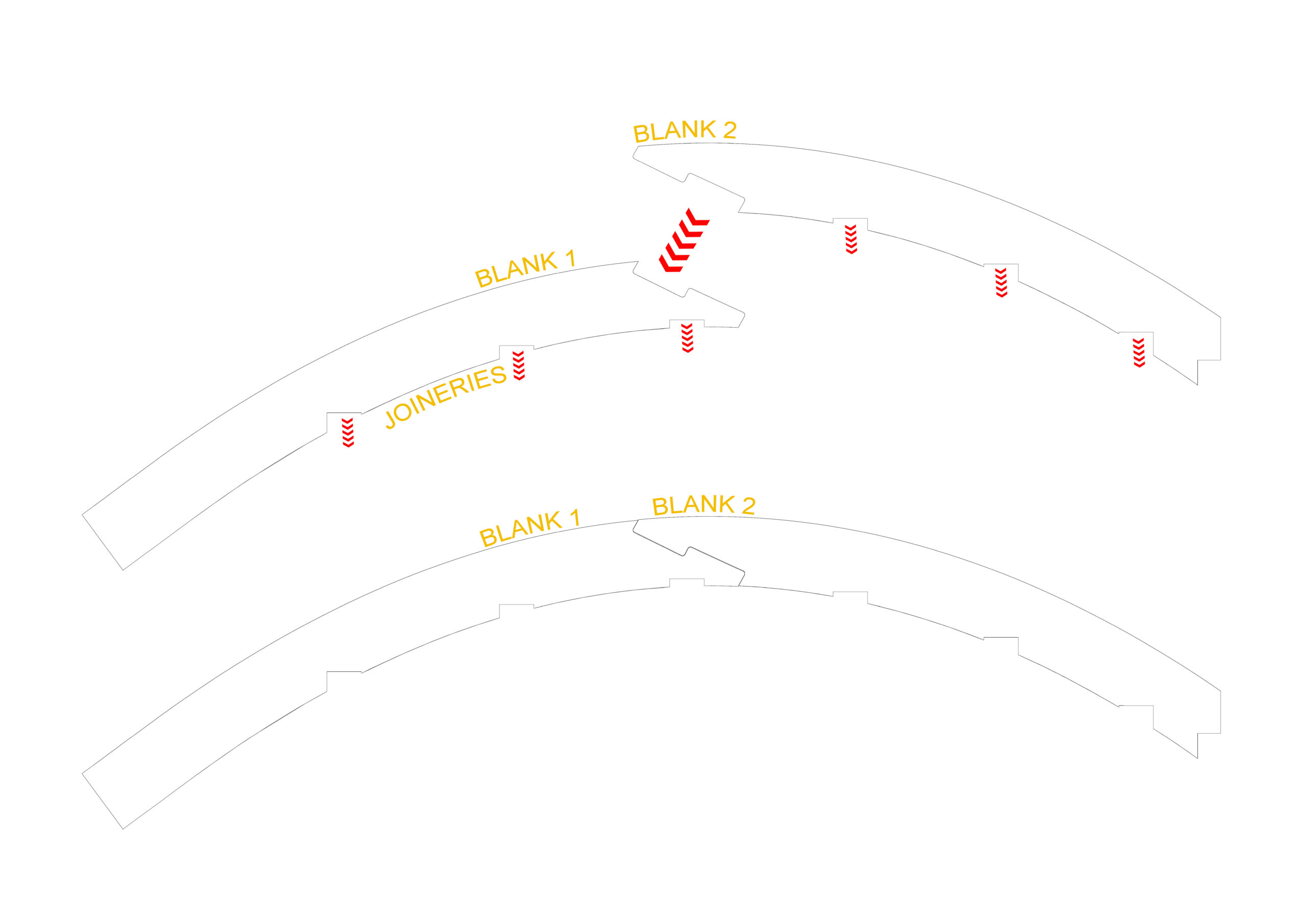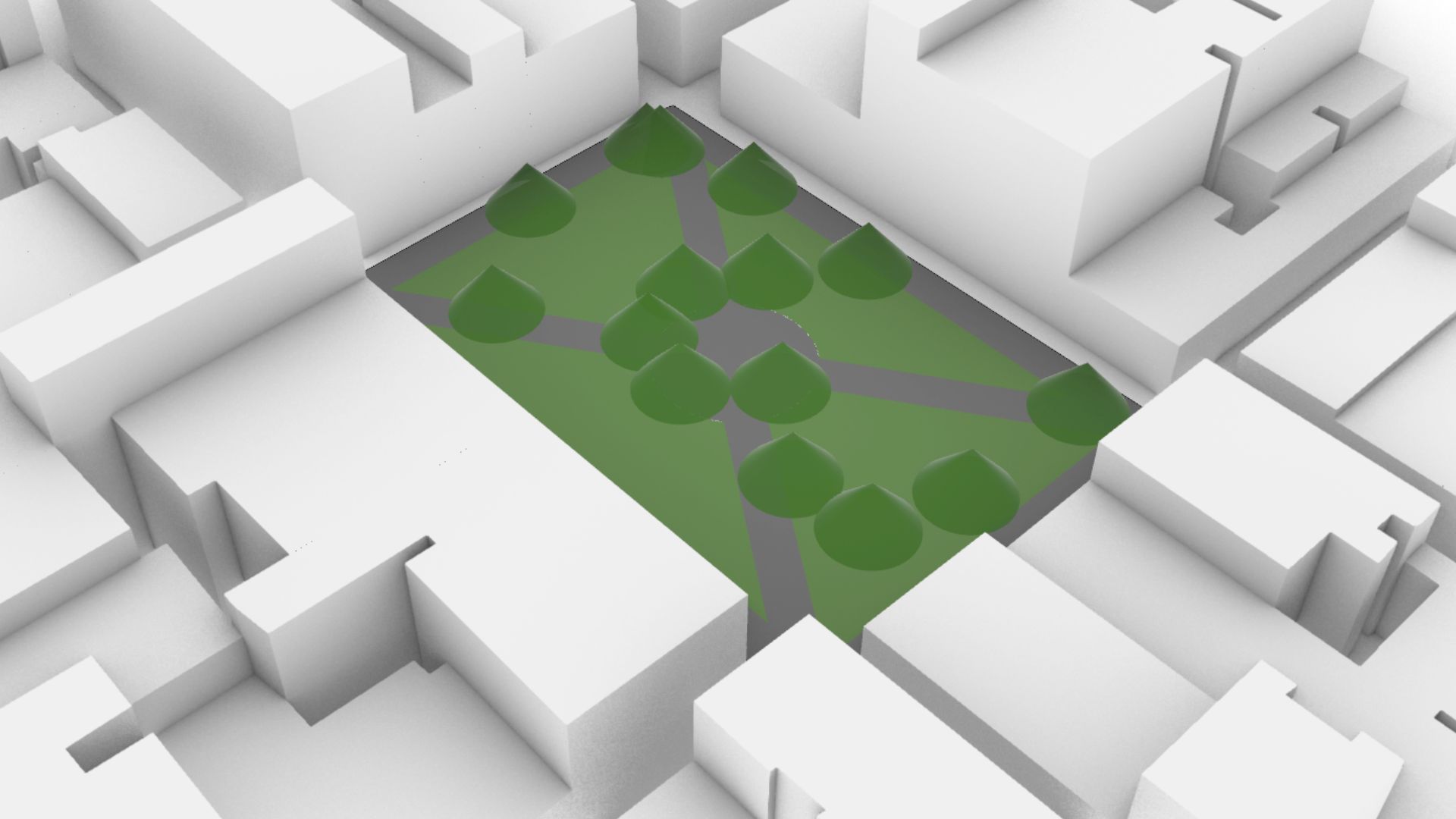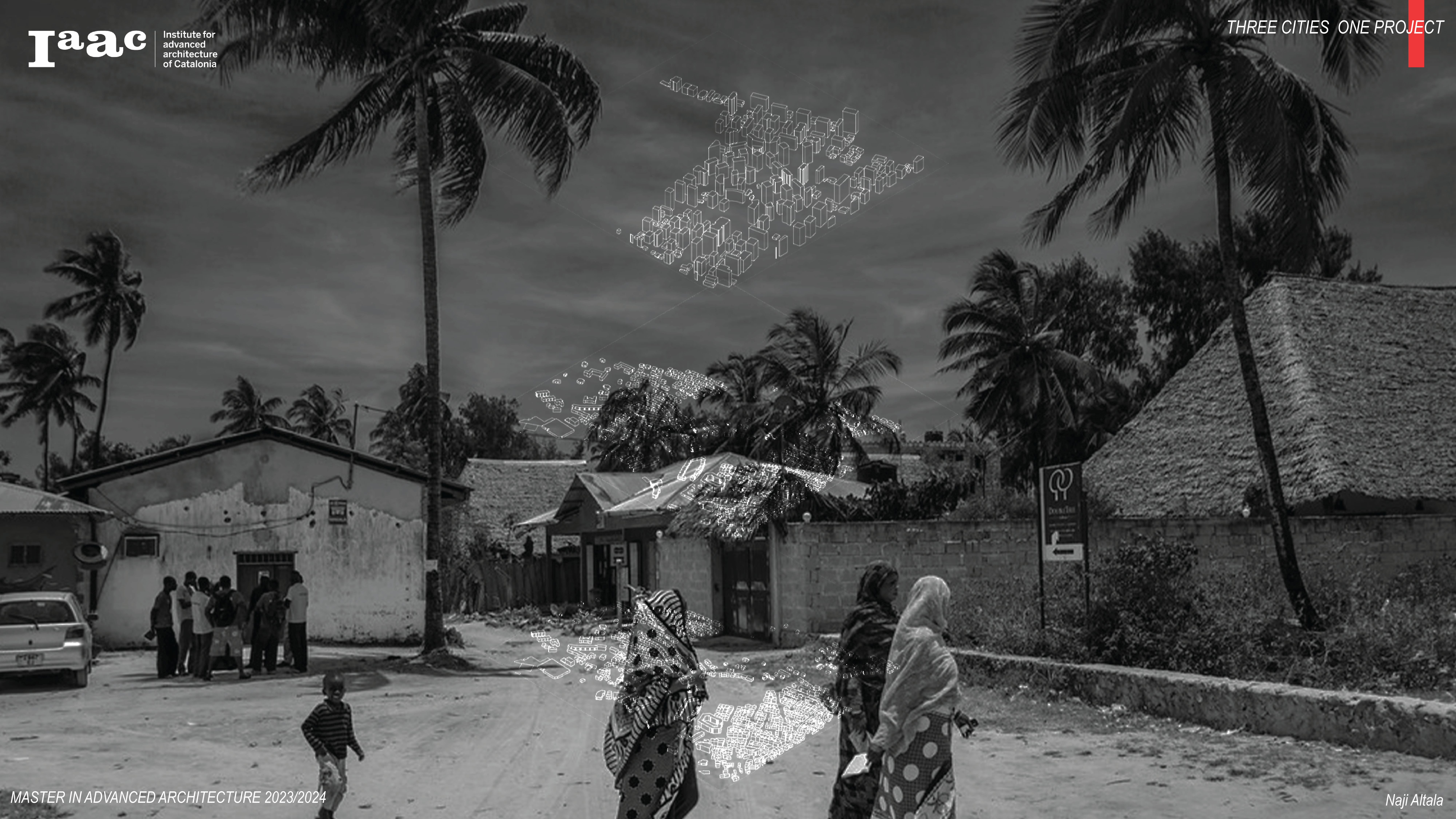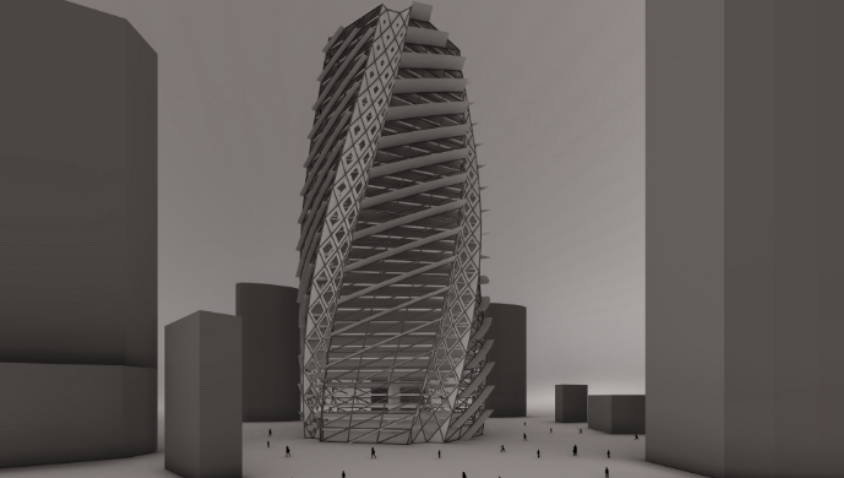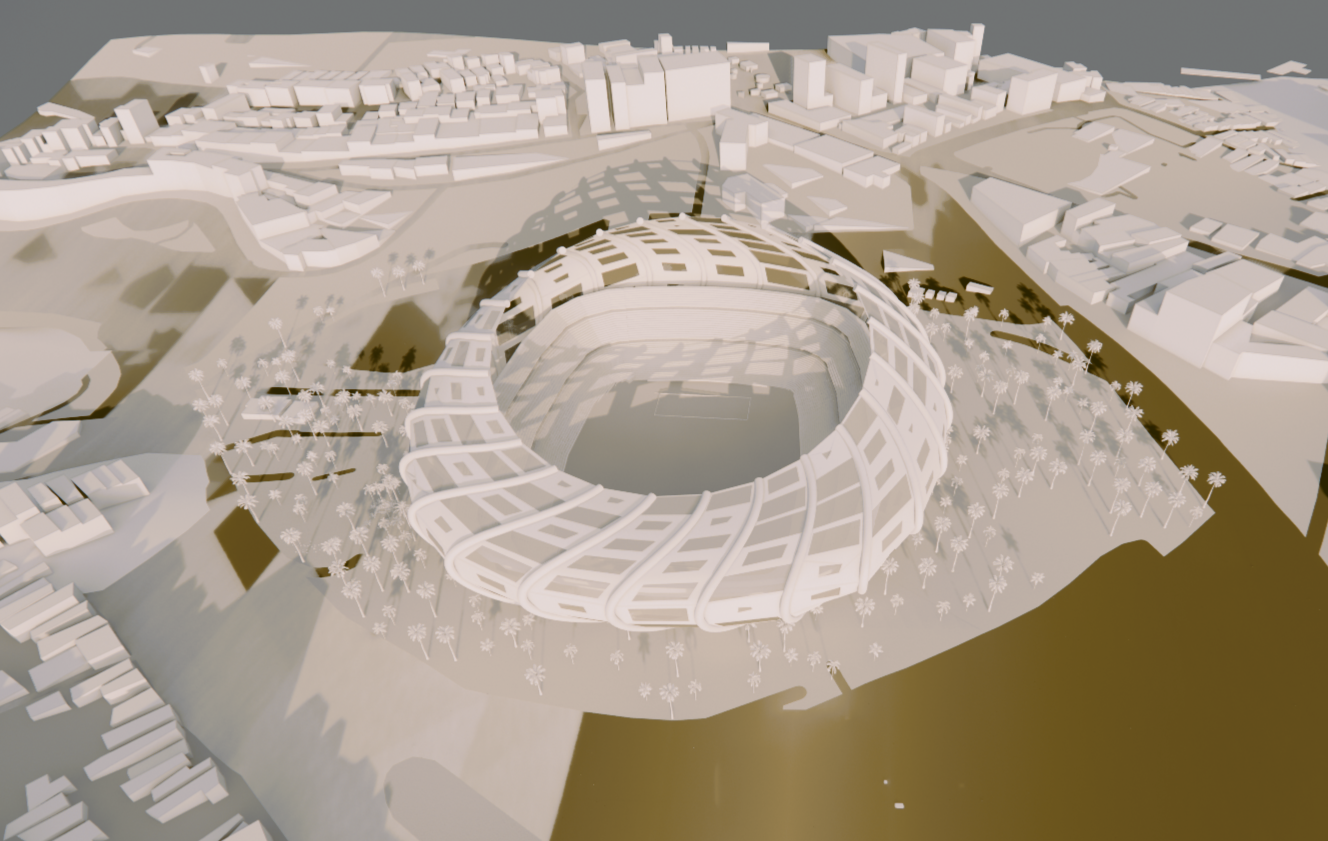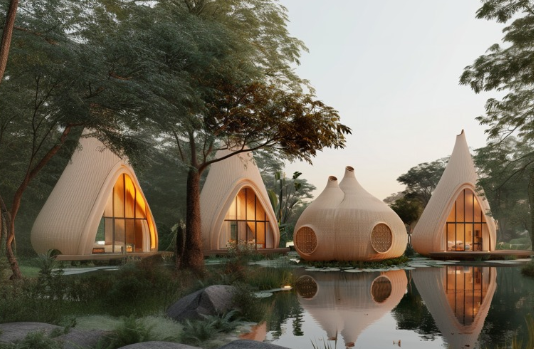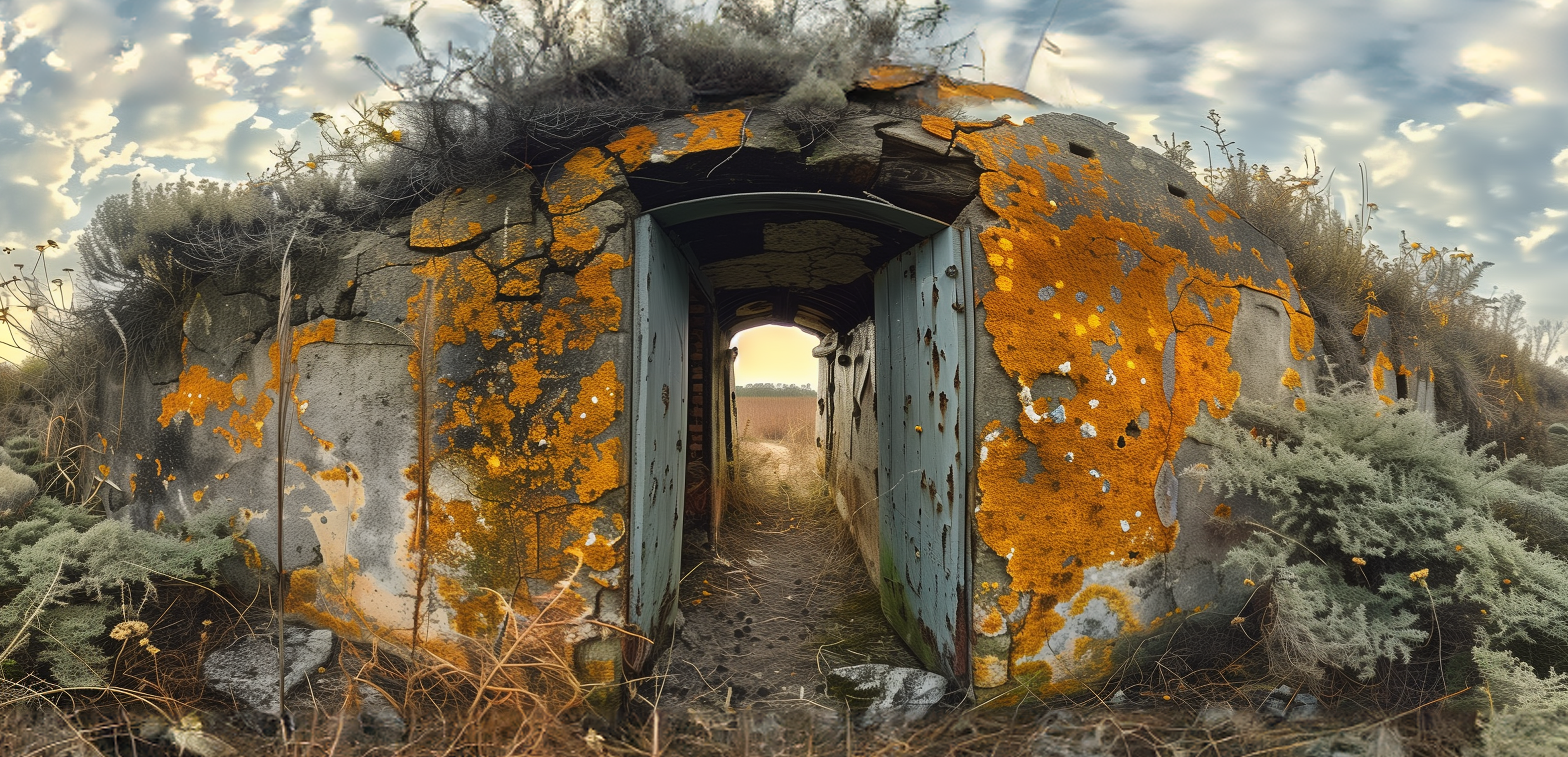Within the current global context of rapid change, integrated with the potentials of digital technologies, IAAC’s Master in Advanced Architecture (MAA) is committed to the generation of new ideas and applications for Urban Design, Self Sufficiency, Digital Manufacturing Techniques and Advanced Interaction.
In this context IAAC works with a multidisciplinary approach, facing the challenges posed by our environment and the future development of cities, architecture and buildings, through a virtuous combination of technology, biology, computational design, digital and robotic fabrication, pushing innovation beyond the boundaries of a more traditional architectural approach.
Microbial Influence on Building Decay
Our project investigates how bacteria living in historical buildings contribute to decay. We aim to enhance resilience of architectural elements and harness microbial interactions to create sustainable and self-repairing building materials.
Data Informed Trophic Cascade : a wetland recreation at Parc Diagonal Mar
Keywords : TROPHIC CASCADE – A trophic cascade occurs when a change at one level of the food web (often due to the addition or removal of a keystone species) causes a series of indirect effects on lower trophic levels. This can lead to significant and widespread changes in ecosystem structure and nutrient cycling. KEYSTONE … Read more
Glulam, Joints & Segments
This term, we concentrated on learning new fabrication techniques. From our previous site, we selected the Keeper’s Lodge as the focus for reimagining with timber structures. Our goal was to design a structure that would envelop and enhance the existing Keeper’s Lodge. The section below was selected to be fabricated at a 1:2 scale. The … Read more
“Classic” / Pinned Glulam Blank (WOODCRAFT)
This square building was designed by Elies Regent in neo-Gothic style. From thi lodge the reservoir keeper controlled water levels and managed the opening and closing of the dam gates. This building has been restored as ,faithfully as possible to the original. At present the ground floor hosts an exhibition of the reservoir’s history and … Read more
Microhome-garden colony
In response to the exponential population growth in large cities and the pressing need to reduce carbon emissions, this proposal explores the genetic optimization of constructing minimal habitable units of 25 m² using Cross-Laminated Timber (CLT), inspired by the annual Microhome competition. The objective is to maximize the integration of microhomes, green areas, and exterior-facing … Read more
Optimizing green spaces
Optimizing green spaces is a project that aims to spot potential areas (plazas) around the cities, that are “dry” spaces, meaning that are composed mainly by pavement, and transform them into green areas, to enhance the quality of life who lives around and who is walking by, taking in consideration how people occupy the space … Read more
RESILIENCE IN BLOOM
Empowering Flood-Affected Communities in Kerala through Resilience, Support and Care
TwistedTexture
Optimization process TwistedTexture is designed to minimize direct radiation on slabs and facades, optimizing energy efficiency. It uses sunshades and ventilated facades to reduce heat gain while maintaining natural light. The building blends with its surroundings, responding to Santiago’s climate. Advanced optimization algorithms explore various forms, balancing design complexity, compactness, and shading. The final configuration … Read more
GOLDEN RATIO STADIUM
The golden ratio is renowned for its aesthetically pleasing and harmonious proportion, found throughout nature. When observed within the context of a spiral, this ratio repeats itself, serving as an efficient way to distribute objects around a central element, maximizing the number of elements while maintaining equal spacing and minimizing wasted space. IDEA Designing a … Read more
MYAWADDY
designing a future for a country torn by civil war – how to make people feel safe and able to trust each other? ISSUE – Relevance and Implications SITE – Relevance and Character COMMUNITY – Existing Narrative QUANTITATIVE DATA – Georgraphy, Ecology, Demographics QUALITATIVE DATA – Sociocultural and Community DESIGN RESPONSE – Speculative Program DESIGN RESPONSE – … Read more
HYPAR PORTABLES
SEMINAR OVERVIEW ROBOTIC SIMULATION FABRICATION PROCESS DESIGN PROPOSAL CONTEXT DESIGN DRAWINGS WORKFLOW STRUCTURE Robotic Simulation – of Panel Cutting and Placing based on Design RENDERS

